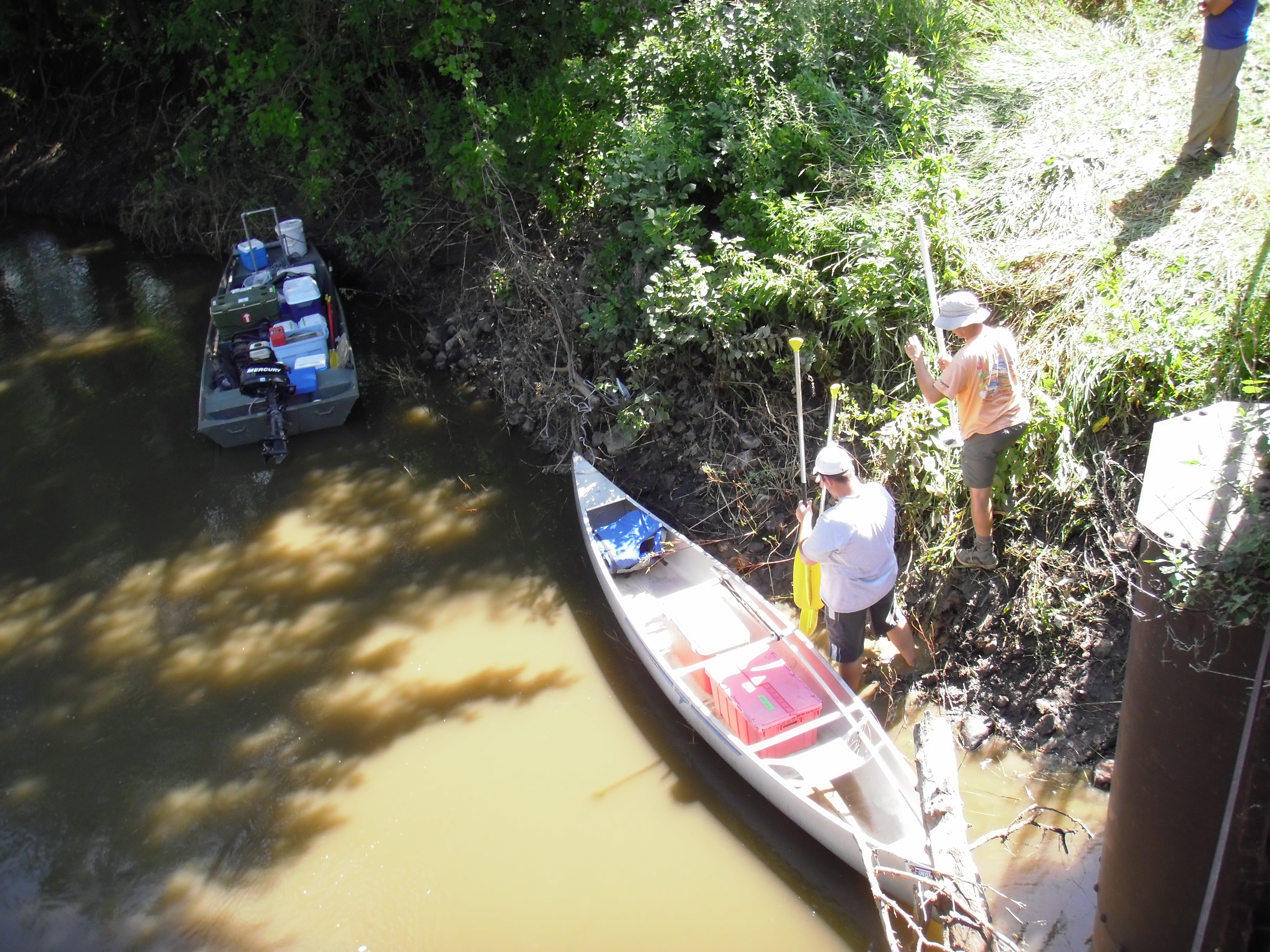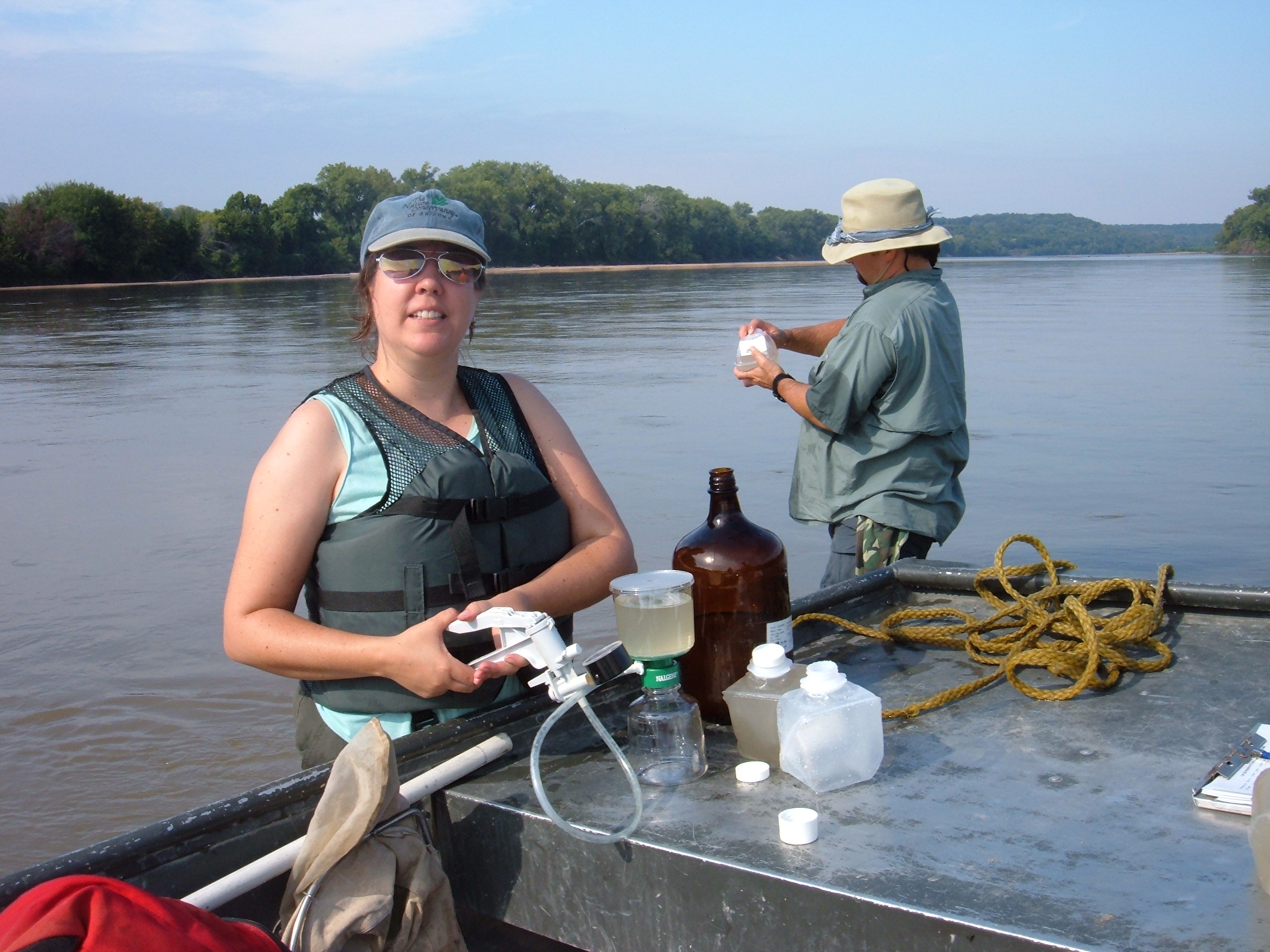Start Date: 2007
End Date: 2010
Full Citation:
U.S. Environmental Protection Agency, $382,674, 2007–2010. Assessing the condition of USEPA Region 7's large tributaries of the Missouri River: A probabilistic design approach. PI: D. Huggins. Co-PIs: A. Dzialowski, J. DeNoyelles, D. Baker.
Category:
- Aquatic
Associated with the KU Field Station: No
Research Summary:
The majority of past biological and physiochemical assessment efforts have focused on developing tools for use in wadeable streams and the subsequent monitoring of these streams using targeted monitoring design. Most state monitoring programs within USEPA Region 7 have included a limited number of large river sites and no probability based sampling programs for non-wadeable flowing water have been completed in this region, although the Great River Ecosystems (GRE) project within the Environmental Monitoring and Assessment Program (EMAP) has generated a fairly robust dataset for those portions of the Lower Missouri River and Upper Mississippi River that are designated waters of USEPA Region 7.
CPCB assessed the ecological conditions of large, non-wadeable tributaries of the Missouri River in USEPA Region 7. We sampled 40 randomly selected sites using the National Rivers and Streams Assessment protocols, and used the 25th percentile statistical method to select reference sites from these 40.
The collection and comparison of data from randomly selected test sites and reference sites provides: 1) general status and trend data on non-wadeable tributary health, 2) a test of the reference selection process and methodology, and 3) information on those abiotic and biotic indicators that best differentiate between reference and randomly selected test sites.
This project is funded by USEPA ORD, REMAP, and the Mid Continental Ecology Division.
Images:



